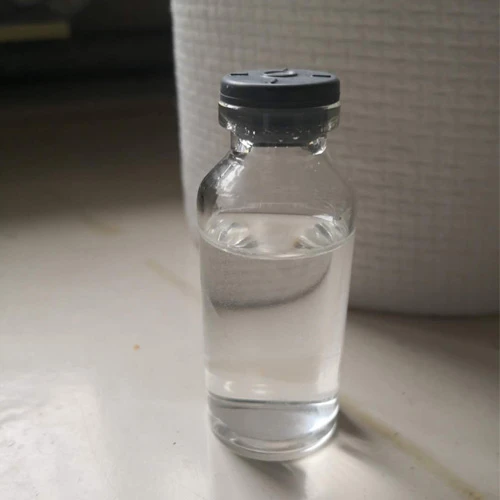The Role of Chemical Treatments in Water Purification
Water is one of the most vital resources on our planet, essential for life, agriculture, industry, and recreation. However, the increasing pollution and contamination of water sources due to industrial activities, urbanization, and agricultural runoff pose significant challenges. To ensure that water is safe for consumption and other uses, various chemical treatments are employed. This article explores the chemicals used in water treatment processes, their purposes, and their impact on water quality.
Common Chemicals in Water Treatment
1. Chlorine One of the most widely used disinfectants, chlorine plays a critical role in killing bacteria, viruses, and other pathogens in water. It is added to both drinking water and wastewater treatment processes to eliminate harmful microorganisms. Chlorination is effective and relatively inexpensive, making it a staple in municipal water treatment facilities.
2. Alum (Aluminum Sulfate) Alum is a chemical coagulant used in water treatment to remove suspended particles, such as silt, clay, and organic matter. When added to water, it forms flocs — larger aggregates that can be easily removed during sedimentation. This process enhances water clarity and reduces turbidity, making it essential for producing safe drinking water.
3. Fluoride In many regions, fluoride is intentionally added to public drinking water supplies to prevent tooth decay. The practice, known as water fluoridation, has been supported by numerous health organizations due to its effectiveness in improving dental health, especially for children.
4. Ozone As a powerful oxidizing agent, ozone is utilized in water treatment for its ability to kill pathogens, oxidize organic substances, and remove taste and odor. Unlike chlorine, ozone leaves no harmful residue, making it a preferred choice in certain applications, particularly in bottled water production and food processing.
5. Activated Carbon While not a chemical in the traditional sense, activated carbon is a crucial component in water treatment systems. It adsorbs organic compounds, chlorine, and other contaminants, significantly improving the taste and odor of water. Activated carbon is often used in conjunction with other treatment methods to enhance overall water quality.
chemical used for treatment of water

6. Sodium Hypochlorite A liquid chlorine solution, sodium hypochlorite is commonly used in both municipal and private water systems for disinfection. It is effective in killing bacteria and viruses and is particularly valuable in managing emergency situations where rapid water treatment is necessary.
The Importance of Chemical Treatment
The application of these chemicals is vital in ensuring water safety. Contaminated water can lead to severe health issues, including gastrointestinal diseases, neurological disorders, and other systemic conditions. By employing chemical treatments, water treatment facilities can reduce the prevalence of these contaminants and provide clean, safe water to communities.
Environmental Considerations
While chemical treatments significantly improve water quality, they are not without their environmental impacts. The use of chlorine can lead to the formation of harmful byproducts, such as trihalomethanes (THMs), which are linked to various health risks. Therefore, water treatment facilities must balance the need for disinfection with the potential risks associated with chemical residues in the water.
Moreover, over-reliance on chemical treatments can lead to resistance in microorganisms, making them harder to eliminate over time. As a result, researchers are continually exploring alternative and innovative methods for water purification, such as advanced oxidation processes, membrane filtration, and biological treatments.
Conclusion
Chemical treatments play an indispensable role in modern water purification efforts. By employing various chemicals, municipalities and industries can ensure that water is not only safe to drink but also suitable for other purposes. However, as we move forward, it is essential to consider the broader implications of chemical use in water treatment, advocating for sustainable practices that prioritize both human health and environmental preservation. As technology and research continue to evolve, we can hope to achieve even more efficient and eco-friendly water treatment processes in the future.

